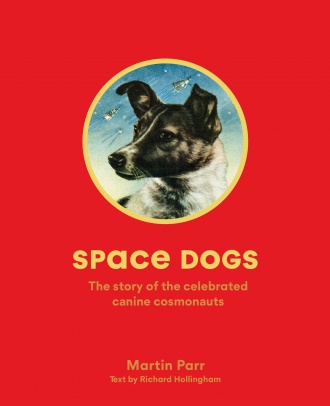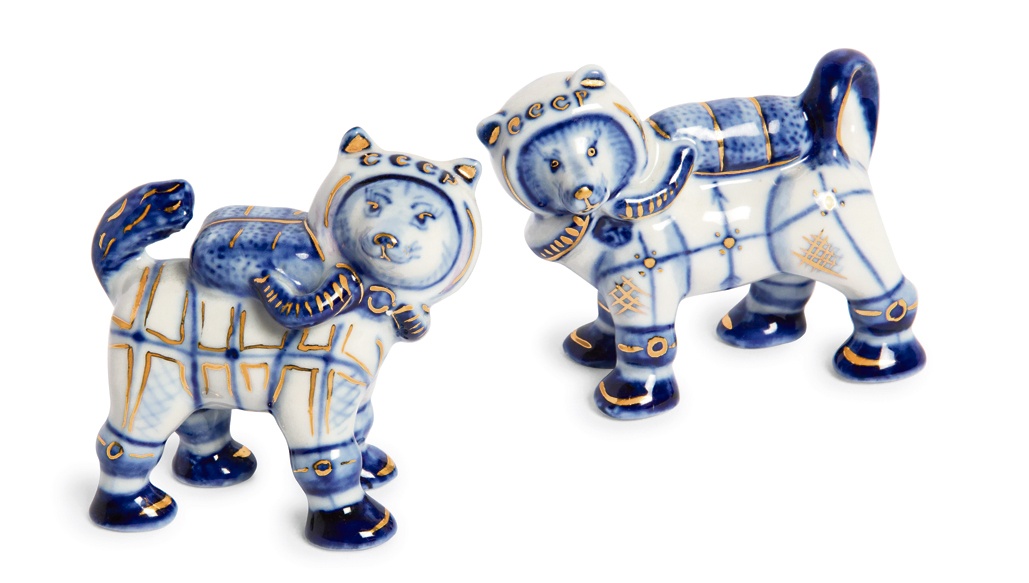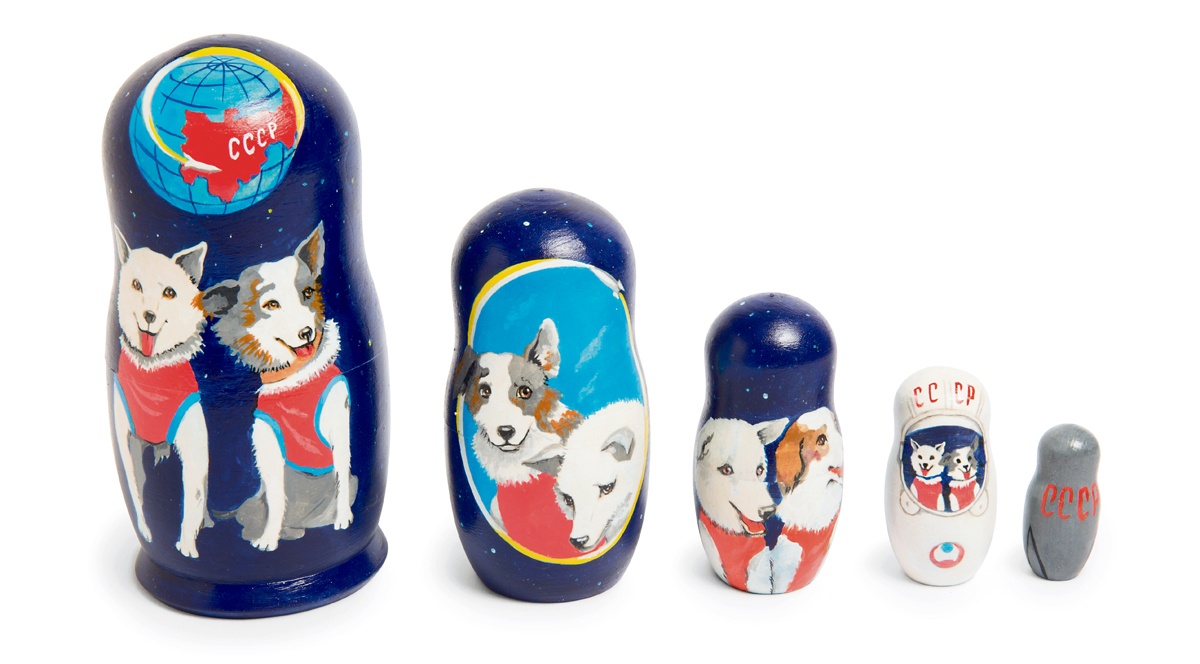This is the last article you can read this month
You can read more article this month
You can read more articles this month
Sorry your limit is up for this month
Reset on:
Please help support the Morning Star by subscribing here
UNLIKE the US space-flight pioneers — monkeys who couldn’t handle the pressure and were nervous wrecks on their return — Soviet scientists found that Moscow’s stray dogs were far more amenable and relaxed about the whole extra-planetary experience.

Street-wise ruffians, they displayed intelligence, enterprise and solidarity. Each candidate was observed for weeks before snatch squads stepped in and scooped them up and then they were put through rigorous training.
Space flight was not the first time dogs contributed to science in Russia — they were the research material of Nobel prize-winning psychologist Ivan Pavlov when developing his theories on conditioned response.
In November 1957, Laika — part-husky, part-terrier — was successfully put into orbit. Kissed goodbye on the nose by her handler before her space suit was sealed, hers was a one-way ticket because the technology for recovering spacecraft hadn’t been fully developed at the time.

Three years later Belka and Strelka made it back safely and happily wagged their tails when released from the capsule. Each flight rendered invaluable data that pushed forward the Soviet space exploration programme.
Apparently, the fact that all space dogs were female had as much to do with onboard toilet arrangements as temperament — cocking a leg was out of the question.
Epitomising Soviet space technology and aspiration, Laika, Belka and Strelka became early celebrities, leading to the production of hundreds of fascinating memorabilia, from porcelain figurines to clocks, from matchbox labels and stamps to children’s books, cigarettes and confectionery boxes. They even inspired the much-loved animation Zvezdne Sobaki (Space Dogs).

Martin Parr’s photography affectionately documents this vast array of souvenirs, while Richard Hollingham’s engaging text provides informative historic context in a book that's a must for dog lovers and space exploration nerds alike.
Published by Lawrence King, £12.99.











